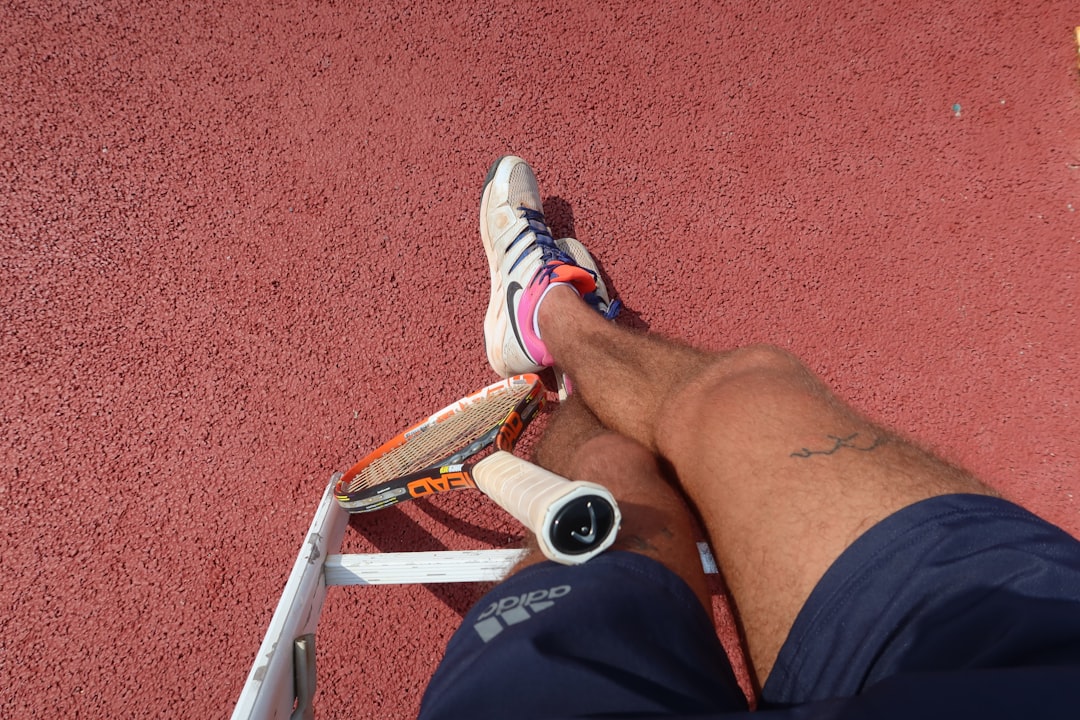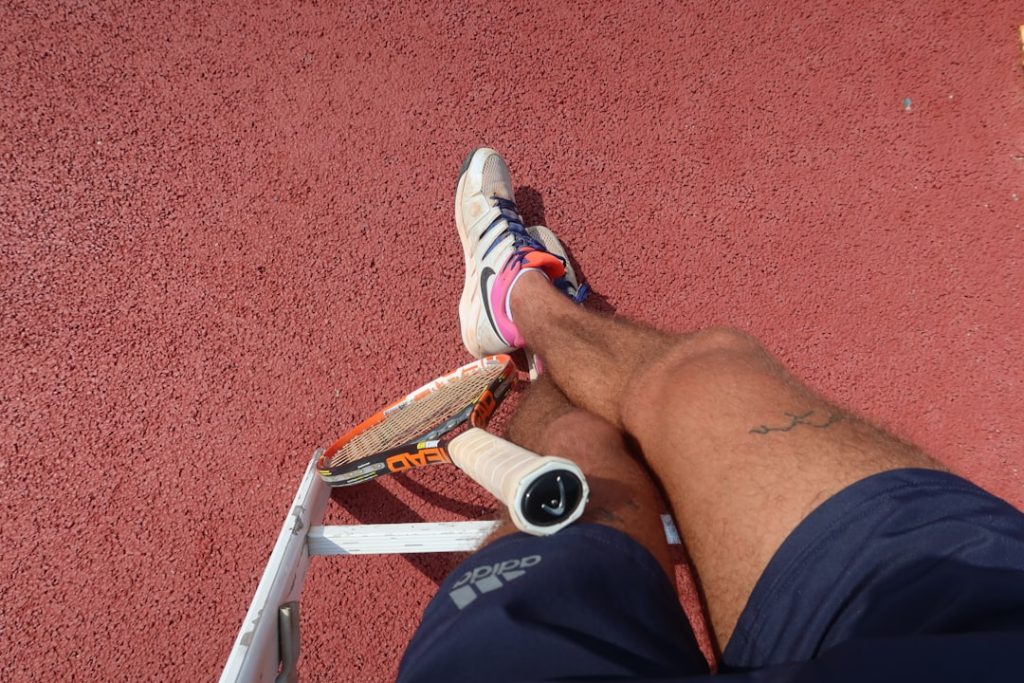Returning to sport after an injury is a critical phase in an athlete’s recovery journey. It involves careful planning, medical supervision, and strategic implementation of activity to ensure a safe and effective reintegration into physical performance. Within sports medicine and rehabilitation, two terms often emerge: the regular return to play protocol and the graduated return to sport strategy. While both aim to bring the athlete back to pre-injury performance levels, they differ significantly in approach, focus, and scientific backing.
Understanding the Regular Return to Play Protocol
The regular return to play (RTP) protocol is a straightforward, often linear process commonly used in amateur or recreational sports settings. It typically relies on symptom resolution and may not involve comprehensive reassessments of the athlete’s physical, neurological, or psychological readiness.
Key characteristics of a regular RTP protocol include:
- Decisions based primarily on resolution of symptoms like pain or swelling
- Limited functional testing or performance evaluation
- Minimal graduated progression of activity
- Focus on time-based recovery periods
- Inconsistent communication among medical staff, coaches, and athletes
While this approach might suffice for minor injuries in low-risk situations, it runs the risk of premature return or reinjury, especially if deeper neuromuscular or psychological factors are overlooked.
The Graduated Return to Sport Strategy
In contrast, a graduated return to sport (GRS) strategy is a more nuanced, science-led approach that integrates medical, biomechanical, and psychological assessments to ensure the athlete is truly ready for a return to competitive activity. It is widely endorsed by sports medicine organizations, including the International Olympic Committee and FIFA Medical Network.
The GRS strategy is characterized by:
- Stepwise progression through phases such as rehabilitation, reconditioning, practice, and eventual competition
- Multidisciplinary involvement (physicians, physiotherapists, coaches, and psychologists)
- Objective measures like strength testing, movement quality, and sport-specific drills
- Monitoring of training loads and physiological responses to reintroduce intensity gradually
- Psychological readiness assessments, particularly for injuries involving surgery or trauma
Each stage of the process is carefully monitored. If an athlete shows signs of stress, pain, or underperformance, they may be held at a certain phase or even returned to a previous one to prevent setbacks.

Comparing the Two Approaches
The fundamental difference lies in how structured and comprehensive the GRS strategy is in comparison to a regular RTP protocol. A regular RTP often focuses on the short-term goal of resuming play. In contrast, the GRS strategy emphasizes long-term athletic health, performance sustainability, and reinjury prevention.
Another notable distinction is the incorporation of sport-specific conditioning and functional testing in the GRS method. For example, a soccer player recovering from ACL surgery under a GRS framework will undergo tests for cutting, jumping, and pivoting mechanics—movements integral to their sport—before clearance. A regular RTP may ignore such specifics, using only generalized strength or range of motion assessments.
The Role of Psychological Readiness
A recent area of emphasis in the GRS strategy is the athlete’s mental and emotional state post-injury. Fear of reinjury, confidence levels, and overall motivation are measured using validated psychological tools. These insights can significantly influence the athlete’s performance upon return and are often ignored in standard RTP protocols.

Conclusion
In contemporary sports rehabilitation, the graduated return to sport strategy offers a safer, evidence-based pathway for athletes recovering from injuries. It takes into account not just physical healing but also sport-specific functional recovery and mental preparedness. Though the regular RTP protocol may still be prevalent in casual or non-professional settings, the long-term benefits of a structured, graded reintroduction to sport cannot be overstated.
For athletes, coaches, and clinicians committed to injury prevention and optimal performance, adopting a GRS strategy is no longer a luxury—it is a necessity.
